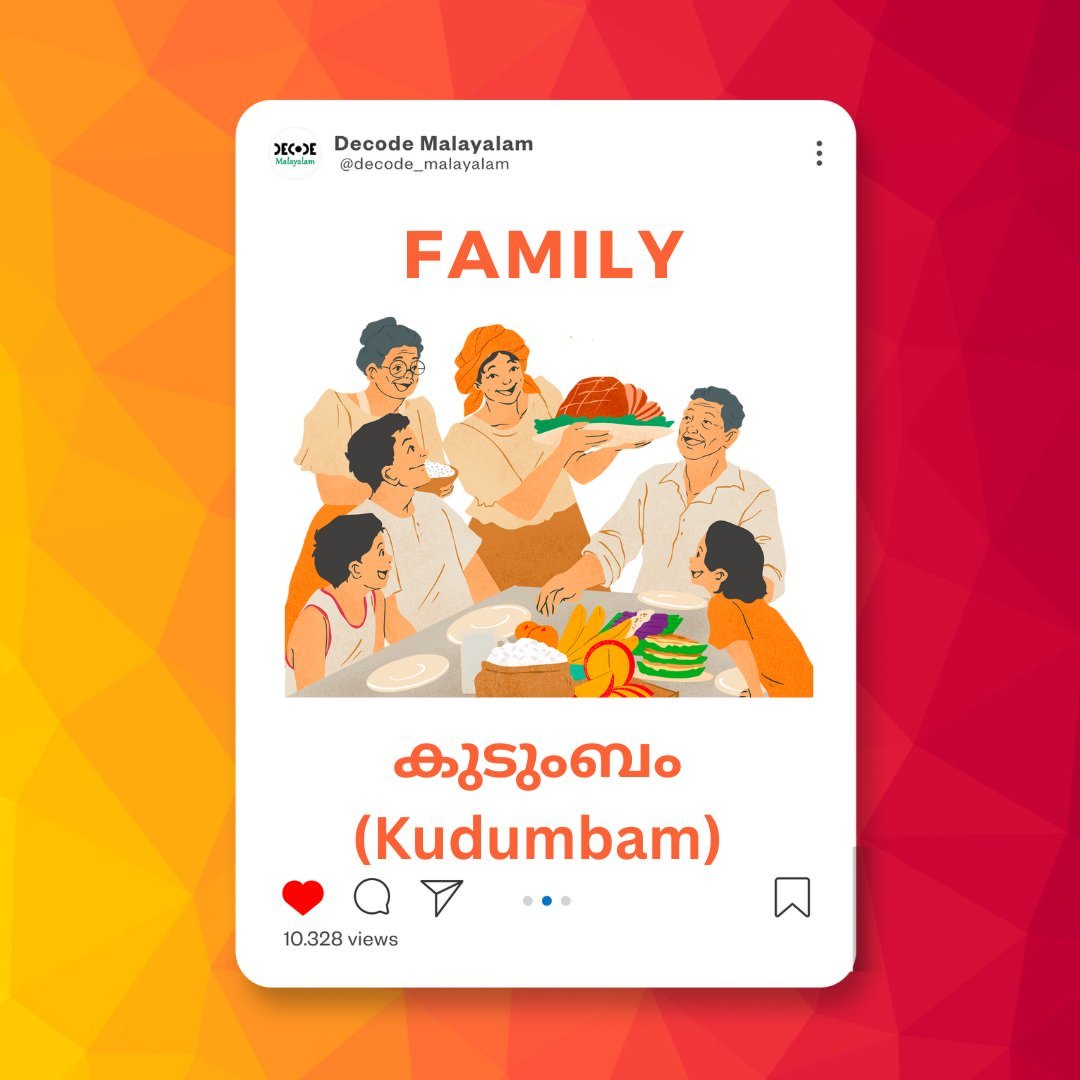How to Read and Write in Malayalam: A Step-by-Step Guide
Malayalam, the language of Kerala, is one of the richest and most expressive languages in India. Whether you’re a language enthusiast, a student, or someone looking to connect with Kerala’s culture, learning to **read in Malayalam** and **write in Malayalam** can open doors to a vibrant world of literature, history, and communication. In this guide, we will provide a step-by-step approach to help you master the script fluently and confidently.
Table of Contents
- Why Learn to Read and Write in Malayalam?
- Step 1: Understand the Basics of Malayalam Script
- Step 2: Build Your Vocabulary
- Step 3: Practice Reading in Malayalam
- Step 4: Practice Writing in Malayalam
- Step 5: Enhance Your Skills Through Resources
- Step 6: Overcome Common Challenges
- Conclusion
Why Learn to Read and Write in Malayalam?
Learning to read and write in Malayalam offers several benefits, especially for those with a connection to Kerala:
- Connect with Culture: Malayalam is deeply rooted in Kerala’s traditions, art, and literature. Mastering it helps you appreciate its cultural essence.
- Career Opportunities: Knowledge of Malayalam can be advantageous for professionals in fields like media, education, and tourism.
- Enhanced Communication: Fluency in reading and writing allows for better communication with native speakers.
Now, let’s dive into the step-by-step process.
Ready to Start Your Learning Journey?
Our 1:1 Malayalam classes are designed to provide the personalized guidance you need to read and write fluently. Let’s start today!
Join My Individual Class!Step 1: Understand the Basics of Malayalam Script
The Malayalam Aksharamala is an abugida, consisting of vowels, consonants, and conjunct characters. Start by familiarizing yourself with the script structure:
1. Learn the Vowels (Swarangal)
Malayalam has 15 vowels. Start with the basics and practice writing them repeatedly to get a feel for the script.
- Examples: അ (“a”), ആ (“aa”), ഇ (“i”), ഈ (“ii”)
2. Learn the Consonants (Vyanjanangal)
There are 36 consonants in Malayalam. Focus on proper pronunciation as you write them.
- Examples: ക (“ka”), ഖ (“kha”), ഗ (“ga”)
3. Combine Vowels and Consonants
Malayalam uses vowel signs (diacritics) attached to consonants to form syllables. This is a crucial step to move beyond individual letters.
- Example: ക + ാ = കാ (“kaa”)
Step 2: Build Your Vocabulary
To **read in Malayalam** and **write in Malayalam** effectively, you need a good vocabulary foundation. Begin with everyday words and gradually expand your knowledge.
1. Start with Common Words
Focus on words for everyday objects and concepts that are easy to visualize.
- Numbers: ഒന്ന് (“One”), രണ്ട് (“Two”) – Explore more numbers here.
- Objects: പുസ്തകം (“Book”), വീട് (“House”) – Learn more household item names.
2. Learn Functional Words
These include conjunctions, pronouns, and prepositions that help you form full sentences.
- Examples: ഇവിടെ (“Here”), അവിടെ (“There”)
Step 3: Practice Reading in Malayalam
Reading is crucial to mastering the language. Here are practical steps to enhance your skills:
1. Start with Simple Texts
Children’s stories and nursery rhymes are great for beginners as they use simple vocabulary and sentence structures.
- Children’s books, such as simplified versions of stories, offer beginner-friendly content.
2. Read Newspapers and Blogs
Newspapers like Malayala Manorama or blogs expose you to formal and conversational language, helping you improve your reading speed.
3. Practice Transliteration
Use transliteration tools to understand the connection between English and Malayalam script. For example, “Hello” becomes ഹെല്ലോ.
Step 4: Practice Writing in Malayalam
Writing solidifies your understanding of the language. Use these tips to improve your writing skills:
1. Copying Practice
Start by copying sentences from books or newspapers. This helps you get used to the flow and shapes of the script.
2. Maintain a Journal
Write daily entries in Malayalam about your thoughts, activities, or goals. This personal practice is a powerful learning tool.
3. Use Online Tools
Leverage tools like Google Input Tools to practice typing in Malayalam. Writing digitally can improve your speed and accuracy.
4. Learn Sentence Construction
Study basic sentence patterns to write grammatically correct Malayalam. Unlike English, Malayalam often follows a Subject-Object-Verb (SOV) structure.
- Simple Sentence: ഞാൻ ഒരു പുസ്തകം വായിക്കുന്നു. (“I am reading a book.”)
- Compound Sentence: ഞാൻ എഴുതി, എന്നിട്ട് പാടാൻ തുടങ്ങി. (“I wrote, and then I started to sing.”)
Struggling with Complex Sentences?
Our 1:1 classes offer personalized feedback and practice, guiding you through advanced grammar and sentence structure. Let’s get you writing confidently!
Join My Individual Class!Step 5: Enhance Your Skills Through Resources
Several resources can help you **learn to read in Malayalam** and **write in Malayalam**:
- Online Courses: Enroll in platforms like Decode Malayalam for structured lessons. Check out our online Malayalam classes.
- Language Apps: Apps can assist with writing practice and memorization. Practice your alphabets with our Aksharamala guide.
- Flashcards and Workbooks: Use these tools to memorize alphabets and vocabulary in a hands-on way.
- Engage with Native Speakers: Regular interactions with native speakers refine your pronunciation and writing style.
Step 6: Overcome Common Challenges
Learning Malayalam may feel overwhelming at times. Here’s how to tackle common obstacles:
- Challenge: Difficulty with script recognition.
- Solution: Spend more time on basic alphabets and practice tracing them. Master one Malayalam letter at a time.
- Challenge: Understanding complex words.
- Solution: Break down the words into smaller parts and analyze the root word.
- Challenge: Slow writing speed.
- Solution: Practice writing daily and focus on consistency.
Conclusion
Learning to read and write in Malayalam is a rewarding journey that connects you with one of India’s most beautiful languages. By following this step-by-step guide, you’ll be well on your way to mastering the script, vocabulary, and sentence construction.
At Decode Malayalam, we provide expert-led courses and personalized support to make your learning process smoother and more enjoyable. Visit our website today to start your Malayalam learning journey and gain access to resources that will transform your skills!
Ready to Take the Final Step?
Join our 1:1 classes for expert guidance and dedicated practice to master Malayalam reading and writing!
Join My Individual Class!










